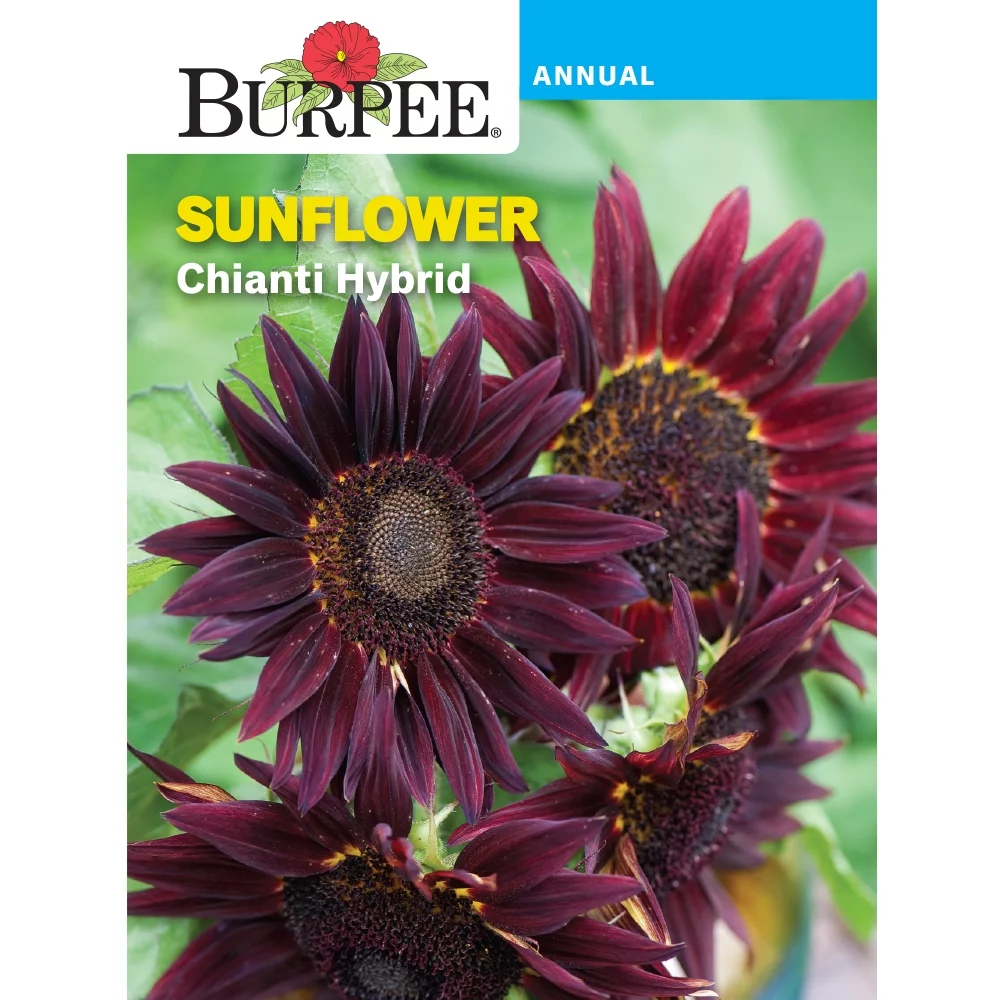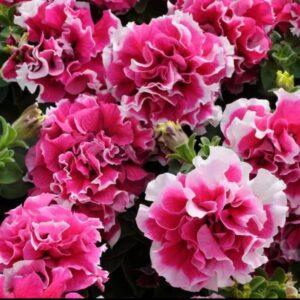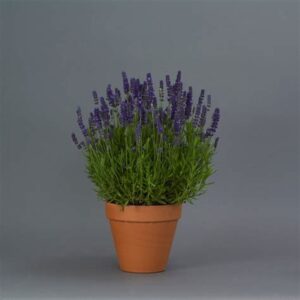Common Disease Problems
Alternaria Leaf Spot: Small, round reddish brown spots with white to gray centers form on the upper surface of the leaves. The lesions may encircle the stems and cause wilt. This disease is worse in warm, wet or very humid weather. Burpee Recommends: Avoid getting water on the foliage. Remove infected plant parts and do not work around wet plants. Provide plenty of air circulation. Contact your Cooperative Extension Service for fungicide recommendations.
Downy Mildew: This fungus causes whitish gray patches on the undersides and eventually both sides of the leaves. Burpee Recommends: Rotate crops with plants in a different family. Avoid overhead watering. Provide adequate air circulation, do not overcrowd plants. Do not work around plants when they are wet.
Powdery Mildew: This fungus disease occurs on the top of the leaves in humid weather conditions. The leaves appear to have a whitish or greyish surface and may curl. Burpee Recommends: Avoid powdery mildew by providing good air circulation for the plants by good spacing and pruning. Contact your Cooperative Extension Service for fungicide recommendations.
Rust: A number of fungus diseases that rust colored spots on foliage, stalks and husks. Burpee Recommends: Plant resistant varieties. Practice crop rotation. Remove infected plants. Contact your Cooperative Extension Service for fungicide recommendations.
Septoria Leaf Spot: It is most severe during rainy seasons in closely planted gardens. Water soaked circular or angular spots with a greasy, greenish appearance on lower leafs appear. Fungus spores are produced and darken the center of the spots. There is a progressive loss of foliage. Burpee Recommends: Remove and destroy infected plant debris. Don’t handle or brush against plants when they are wet. Rotate plantings. Remove weeds growing nearby.
Common Pest and Cultural Problems
Aphids: Greenish, red, black or peach colored sucking insects can spread disease as they feed on the undersides of leaves. They leave a sticky residue on foliage that attracts ants. Burpee Recommends: Introduce or attract natural predators into your garden such as lady beetles and wasps who feed on aphids. You can also wash them off with a strong spray, or use an insecticidal soap.
Cutworms: These insects cut off the seedlings at the soil level. Burpee Recommends: Place a paper cup collar (use a coffee cut with the bottom cut out) around the base of the plant. They are usually mostly a problem with young seedlings. You can also control by handpicking and controlling weeds, where they lay their eggs.
Flea Beetles: These small hopping beetles feed on plant foliage and may spread diseases. Burpee Recommends: Rotate crops with plants in a different plant family. Use floating row covers to prevent damage to young foliage.
Sunflower Moth: A small gray sunflower moth sometimes lays its eggs in developing sunflower blossoms. Its larvae are greenish-yellow with 5 brown stripes down their backs. They feed in the flower and destroy seeds, creating a mass of webbing and debris. Burpee Recommends: Hand pick the worms from the plants and drop them into a plastic bag for the trash. Consult your Cooperative Extension Service for other insecticide recommendations.
Sunflower Stem Weevil: Adults are dark brown with light spot about 1/8 inch long. Larvae are pale. They bore into the stems and the foliage turns yellow and wilts. Plants fall over and die. Burpee Recommends: Delay planting so beetles will emerge and die before laying eggs. Remove and dispose of debris at the end of the season.












